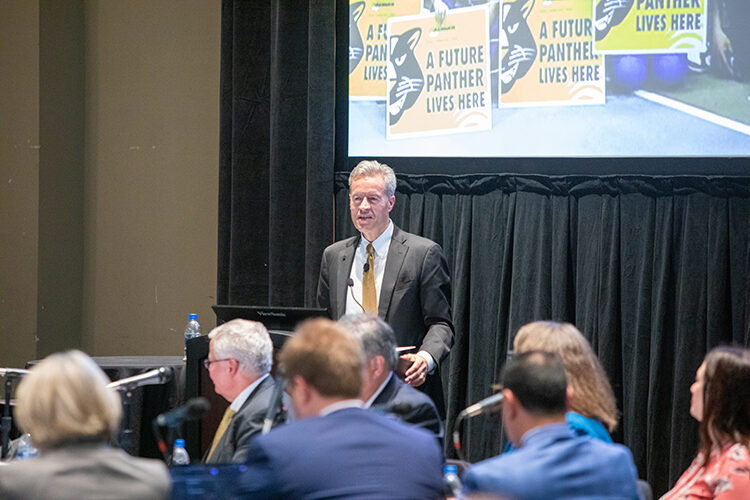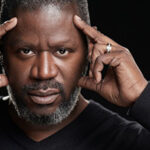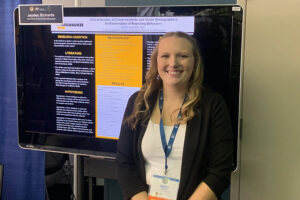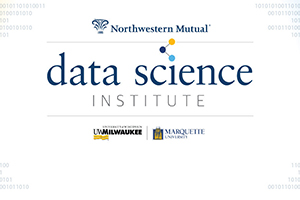While the challenges facing Milwaukee and southeastern Wisconsin are great, no single institution is better positioned to help address them than UWM, Chancellor Mark Mone told the UW System Board of Regents on Thursday.
The region struggles with a talent shortage as well as vast inequities that include some of the largest wealth and education gaps in the nation. A new ranking this week said Wisconsin was the worst in the nation when it came to racial equity in education. In southeastern Wisconsin, white students graduate from college at more than twice the rate of Black and Hispanic residents, and white residents’ median annual household income of $75,500 is $30,000 more than Hispanic households and more than double that of Black households.
UWM is helping address this problem with programs like Moon Shot for Equity, which aims to improve graduation rates for all students and close achievement gaps, and M3, a partnership with Milwaukee Public Schools and Milwaukee Area Technical College aimed at enrolling more students in college and helping them succeed.
The new Student Success Talent Pipeline Initiative, funded by a $500,000 Department of Workforce Development grant, is a partnership between UWM and the Metropolitan Milwaukee Association of Commerce to place 100 or more students from underrepresented populations in paid internships with Milwaukee-area corporations over the next two years.
The largest provider of talent
This program will help provide the talent for MMAC’s Region of Choice initiative, in which Milwaukee-area companies have committed to increasing the number of Black and Hispanic workers by 15% and Black and Hispanic managers by 25% by 2025.
“We are the largest provider of talent, with the largest population of diverse students – by far – in this region, with nearly 80% of our graduates entering fast-growing, high-demand areas,” Mone said.
UWM’s student body includes more than 6,000 students of color; 9,000 who are the first in their families to go to college; and more than 1,000 veterans and military-related students. About 5,500 graduate each year, with 80% going into the high-demand, high-paying fields of health, business, computer science, engineering and science.
“It’s not just about the numbers,” Mone said, “It’s about the quality. It’s about grit. These students are battle-tested. The average age of our graduates is 25. They’ve been in and out of the workforce, they have families. They have a work ethic that I would put up against any other urban campus in the nation.”
Research university important for region
UWM’s status as one of 146 top research universities worldwide, as recognized by the Carnegie Classification of Institutions of Higher Education, also is important to Milwaukee and Wisconsin’s future. UWM researchers have helped clean up Milwaukee’s Bradford Beach, improve care in nursing homes and develop sustainable concrete.
“We love innovation around manufacturing, health care, the environment and infrastructure,” Mone said, adding, “What region in this country or in this world is thriving economically that does not have at its center a major research university?”
Mone noted that UWM continues to be remarkably successful despite its financial challenges because of the work of its faculty and staff. Recent achievements include:
- Being home to Wisconsin’s top-ranked online education program. UWM’s online bachelor’s program is ranked No. 39 out of more than 1,700 considered by U.S. News & World Report, and its online psychology program is ranked No. 9
- A new Military Friendly Schools ranking that puts UWM at 5 in the nation for serving veterans and military-related students.
- A film program regularly listed among the world’s best.
But declining support from the state of Wisconsin jeopardizes UWM and the state’s educational system as a whole, Mone said. He described faculty lured away by higher paying universities and aging facilities that need upgrades to better serve students. UWM needs greater investment, he said.
“We know that in the state of Wisconsin, as the Milwaukee region goes, so goes the state,” Mone concluded. “We, along with our partners, can expand our impact and strengthen families, communities, and the state. So, I end with two questions: If not here, then where? And if not now, when?”







